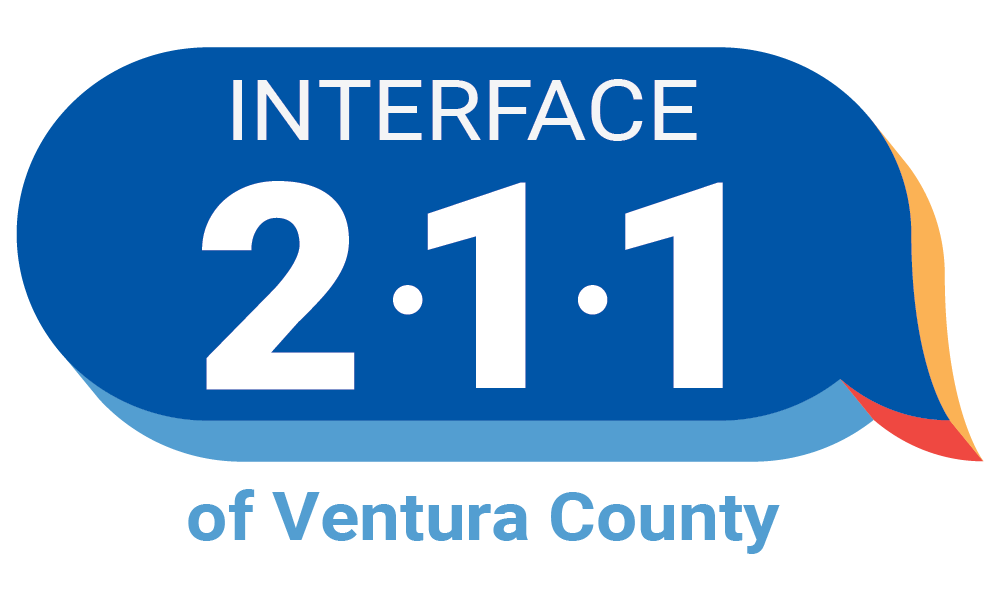 Do you remember when you were 16 years old? I do. My normal was rolling out of bed for school, trying to fit in, practicing my trumpet, and caring so very much about what my peers thought of me. I remember Friday nights playing in the band at football games with friends. I remember first jobs and first love and math homework. I remember those days as simpler when my only responsibility was getting good grades and not getting myself grounded. I remember the relief of getting home to a warm house and caring parents after a day of awkward social tensions. Oh, but I was lucky and didn’t know it. How privileged and how oblivious I was to the other kids at my high school who did not have that warm house or caring parents, and whose realities were so troubling that they felt the need to run away from home.
Do you remember when you were 16 years old? I do. My normal was rolling out of bed for school, trying to fit in, practicing my trumpet, and caring so very much about what my peers thought of me. I remember Friday nights playing in the band at football games with friends. I remember first jobs and first love and math homework. I remember those days as simpler when my only responsibility was getting good grades and not getting myself grounded. I remember the relief of getting home to a warm house and caring parents after a day of awkward social tensions. Oh, but I was lucky and didn’t know it. How privileged and how oblivious I was to the other kids at my high school who did not have that warm house or caring parents, and whose realities were so troubling that they felt the need to run away from home.
The American Academy of Pediatrics estimates that as many as 1 in 20 children run away each year. Health and Human Services calculates that 1.6 to 2.8 million kids per year run away. In 2017, of the 27,000 missing child cases reported to the National Center for Missing and Exploited Children, 91% were for endangered runaways. And we can only imagine what these numbers will look like during our global pandemic. Normalcy for youth involves getting together at school or in the community with friends, but these days kids are more frequently stuck at home. And life at home has its own stressors. Some youth experience serious conflicts: family violence, substance abuse, emerging identity struggles, serious mental health issues, suicide risk, and the stress of global, national, and regional issues. All of these issues tear at young hearts and minds. When it all boils over, youth aren’t running towards something, they are running away from these heart-wrenching challenges.
Children who run away have high rates of trauma and neglect, mental illness, substance abuse, family dysfunction, and disengagement from school. Youth who identify as lesbian, gay, bisexual, transgender, or queer (LGBTQ) are particularly vulnerable. Approximately 20-40% of homeless youth identify as LGBTQ, compared with 4-10% of their non-homeless peers. Foster children are also at an abnormally high risk to run away and become homeless. One 2009 study of 17-year old foster children in Los Angeles found that 36% of them had run away from their homes at least once. Nearly two-thirds of that group ran away more than once. Youth who experience multiple placements in foster care have a history of running away from them, and who have spent time in a group homes are most at risk of homelessness among any other group of children.
Once children run away, they are at greater risk for additional trauma, violence, and victimization, including sexual exploitation. Experts tell us that youth are approached for commercial sexual exploitation within 48 hours on the street.
But here’s the thing: These personal and societal disasters are preventable. That prevention is the work that we at Interface spend each day laboring to achieve. We address vulnerabilities at each point in the system from helping parents learn to cope with stress and to learn positive parenting strategies so that youth do not experience trauma in the first place, to supporting teens struggling with mental health, substance abuse, or family violence, and yes, even getting kids off the street when they do run. Our street outreach team is still connecting with runaway and homeless youth in the community during COVID-19, despite the health risks. Our shelter is still securing safety for youth while we help families to acknowledge and deal with the challenges they are facing so that youth have a safe home to return to. And we are still achieving 85%+ success rates in reconciling kids and families, before, and even during this pandemic.
Thomas’* story of challenge and resilience is repeated again and again with our clients:
Thomas had recently left his home for the first time. When COVID hit, he couldn’t support himself. Isolated from home and family, he soon found himself homeless, living in his car at a park. After a series of unfortunate events, he was left without a vehicle and was out walking the streets. Interface intervened and provided Thomas with a safe and caring shelter. This was the beginning of his turnaround. We helped him to engage his family and worked on the plan that eventually enabled him to return home with this family, safe, secure, and with a brighter future ahead for him.
With respect and compassion,

Erik Sternad
Executive Director
Click here to go to Interface’s Youth Crisis & Homeless Page


